As the summer approaches and the wanderlust kicks in, many of us start planning our long-awaited road trips. However, amidst the excitement of exploring new destinations, it's crucial not to overlook the importance of preparing your car for the journey ahead. A well-maintained vehicle not only ensures your safety on the road but also prevents unexpected breakdowns that can put a damper on your adventure.
In this comprehensive guide, we'll walk you through the essential 7 steps to get your car road-trip ready, focusing on key aspects of car servicing and maintenance.
Quick Checklist for Car Maintenance Before a Long Road Trip!
To summarize the key points discussed above, here's a handy checklist to ensure your car is road-trip ready:
1. Tires:
- Check tire pressure and inflate to the recommended level
- Inspect tire tread depth and overall condition
- Consider carrying a portable tire inflator for emergencies
2. Fluid Levels:
- Check and top up transmission fluid
- Inspect brake fluid level and replenish if necessary
- Check engine oil level and change if due
- Top up coolants to prevent engine overheating
- Fill up the windshield washer fluid reservoir
3. Brakes:
- Listen for unusual grinding noises or vibrations when braking
- Check brake pad thickness and replace if necessary
- Prioritize brake maintenance for your safety and the safety of your passengers
4. Lights and Wipers:
- Check all lights (headlights, brake lights, turn signals, etc.) and replace any burnt-out bulbs
- Clean the lenses for maximum brightness
- Inspect windshield wipers for wear and replace if needed
5. Air Filters:
- Check the engine air filter for dirt and debris accumulation, replace if clogged
- Inspect the cabin air filter and replace if necessary for better air quality and HVAC efficiency
6. Battery:
- Clean corrosion from battery terminals
- Check battery fluid levels and top up with distilled water if low
- Consider having the battery tested if it's more than three years old or showing signs of weakness
7. Heating and Air Conditioning:
- Test the air conditioning system for proper cooling and temperature control
- Check for any unusual smells, weak airflow, or inconsistent cooling, and have it inspected if necessary
- Ensure the heating system is functioning correctly for your comfort and safety
By following this checklist and addressing any issues before your road trip, you can minimize the risk of unexpected breakdowns and ensure a more enjoyable journey. Here are the details:
Checking and Servicing Essential Aspects
1. Tires
Your car's tires are the first line of defense against the challenges of the open road. Before embarking on your trip, take the time to thoroughly inspect your tires. Check the tire pressure using a reliable gauge and ensure that it meets the manufacturer's recommended levels. Properly inflated tires not only improve fuel efficiency but also enhance handling and prevent uneven wear. If you're unsure about how to inflate your tires correctly, refer to this helpful guide on How to Inflate Car Tires.
Next, examine the tread depth of your tires. Adequate tread depth is crucial for maintaining traction, especially in wet or slippery conditions. A simple way to check tread depth is by using the penny test. Insert a penny into the tire's tread groove with Lincoln's head upside down. If you can see the top of Lincoln's head, it's time to replace your tires.
For added peace of mind during your road trip, consider carrying a portable tire inflator. These compact devices can be a lifesaver in case of a flat tire or sudden pressure loss. Check out this review of portable tire inflators to find the best one for your needs.
Remember, properly inflated tires are not just a matter of convenience; they are essential for your safety on the road. To learn more about the importance of proper tire inflation, read this informative article: Why Proper Tire Inflation Matters.
2. Fluid Levels
Your car's various fluids play a vital role in keeping the engine running smoothly and preventing costly damage. Before your road trip, take the time to check and top up the following fluids:
-
Transmission Fluid: This fluid lubricates and cools the transmission, ensuring smooth gear shifts. Low transmission fluid levels can lead to overheating and transmission failure. Consult your car's manual to locate the dipstick and check the fluid level.
-
Brake Fluid: Brake fluid is responsible for transmitting the force from your brake pedal to the brake pads. Low brake fluid levels can compromise your car's braking performance, posing a serious safety risk. Check the brake fluid reservoir and top it up if necessary.
-
Engine Oil: Engine oil lubricates and cools the engine's moving parts, preventing friction and wear. Check the oil level using the dipstick and add oil if it falls below the minimum mark. If you're due for an oil change, consider getting it done before your road trip.
-
Coolants: Coolants help regulate your engine's temperature, preventing overheating. Check the coolant level in the overflow tank and top it up if needed. Be sure to use the correct type of coolant specified in your car's manual.
-
Windshield Washer Fluid: Clear visibility is crucial for safe driving, especially during inclement weather. Fill up the windshield washer fluid reservoir to ensure you can keep your windshield clean throughout your trip.
3. Brakes
Your car's brakes are its most critical safety feature. Before hitting the road, take a moment to assess the condition of your brakes. If you hear any unusual grinding noises or feel a vibration when braking, it could indicate worn brake pads or rotors. A spongy or unresponsive brake pedal is another red flag that should not be ignored.
If you suspect any issues with your brakes, have them inspected by a professional mechanic. They can determine if your brake pads need replacement or if there are any other underlying problems. As a general rule, brake pads should be replaced when their thickness reaches 3-4mm.
Remember, your car's brakes are not something to compromise on. Neglecting brake maintenance can lead to decreased stopping power, longer braking distances, and even complete brake failure. Prioritize your safety and the safety of your passengers by ensuring your brakes are in top condition before your road trip.
4. Lights and Wipers
Properly functioning lights and wipers are essential for safe driving, especially during low-visibility conditions such as rain, fog, or nighttime. Before your trip, take a few minutes to check all your car's lights, including:
- Headlights (low and high beam)
- Brake lights
- Turn signals (front and rear)
- Hazard lights
- Reverse lights
- License plate lights
Replace any burnt-out bulbs and clean the lenses to ensure maximum brightness. If your headlights appear foggy or yellowed, consider restoring them using a headlight restoration kit for improved illumination.
Next, inspect your windshield wipers for signs of wear, such as cracking, splitting, or streaking. If the wipers are not making proper contact with the windshield or leaving streaks, replace them with new ones. Don't forget to check the rear wiper as well, if your car is equipped with one.
5. Air Filters
Your car's air filters play a crucial role in engine performance and longevity. The engine air filter prevents dust, dirt, and debris from entering the engine, while the cabin air filter ensures clean and fresh air inside the vehicle.
Check the engine air filter for excessive dirt or debris accumulation. A clogged air filter can restrict airflow, leading to reduced fuel efficiency and engine performance. If the filter appears dirty or clogged, replace it with a new one.
Similarly, inspect the cabin air filter and replace it if necessary. A clean cabin air filter not only improves the air quality inside your car but also helps maintain the efficiency of your heating and air conditioning system.
6. Battery
A dead battery can put a sudden halt to your road trip plans. Before setting off, take a moment to check your car's battery health. Start by inspecting the battery terminals for any signs of corrosion. If you notice a white, powdery substance around the terminals, it's time for a cleanup.
To clean the battery terminals, first, disconnect the negative cable (black), followed by the positive cable (red). Use a mixture of baking soda and water to scrub away the corrosion using an old toothbrush. Rinse the terminals with clean water and dry them thoroughly before reconnecting the cables.
Next, check the battery's fluid level (if applicable). If the fluid level is low, carefully top it up with distilled water. Avoid overfilling, as this can cause the battery to overflow during charging.
If your battery is more than three years old or showing signs of weakness, consider having it tested by a professional. They can determine if your battery needs to be replaced before your road trip.
7. Heating and Air Conditioning
No one wants to be stuck in a car with a malfunctioning air conditioning system, especially during the sweltering summer months. Before your trip, take a moment to test your car's heating and air conditioning system.
Start the engine and turn on the air conditioning. Check if the system is blowing cold air and if the temperature control is functioning properly. If you notice any unusual smells, weak airflow, or inconsistent cooling, there might be an underlying issue that needs attention.
Common problems with car air conditioning systems include blown fuses, clogged filters, refrigerant leaks, and compressor issues. If you suspect any of these problems, have your car inspected by a professional mechanic.
Similarly, test your car's heating system to ensure it's working correctly. A malfunctioning heater can be a safety hazard, especially if you're traveling in colder regions or during the winter months.
Conclusion
Preparing your car for a long road trip may seem like a daunting task, but it's a small investment of time and effort that can yield significant returns in terms of safety, reliability, and peace of mind. By thoroughly inspecting and servicing your vehicle's essential components, you can embark on your adventure with confidence, knowing that your car is up to the challenge.
Remember, regular maintenance not only prevents roadside emergencies but also prolongs the life of your vehicle and saves you money in the long run. So, before you hit the open road, take a moment to go through the checklist and ensure your car is in top condition.
For a more detailed overview of general car maintenance, check out AAA's Car Maintenance Checklist. This comprehensive guide covers additional aspects of vehicle care that can help you keep your car running smoothly, whether you're planning a road trip or just want to stay on top of routine maintenance.
We hope this guide has provided you with valuable insights and practical tips for preparing your car for a long road trip. If you have any additional tips or experiences to share, we'd love to hear from you in the comments below. Happy and safe travels!
Tip: For an extra layer of security and convenience during your road trip, consider investing in a high-quality portable jump starter like the Fanttik T8 APEX. This powerful and compact device can jump-start your car's battery in case of an unexpected breakdown, ensuring you're never stranded on the side of the road. With its high-capacity battery, the T8 APEX can also charge your electronic devices, making it an essential companion for any road trip adventure.

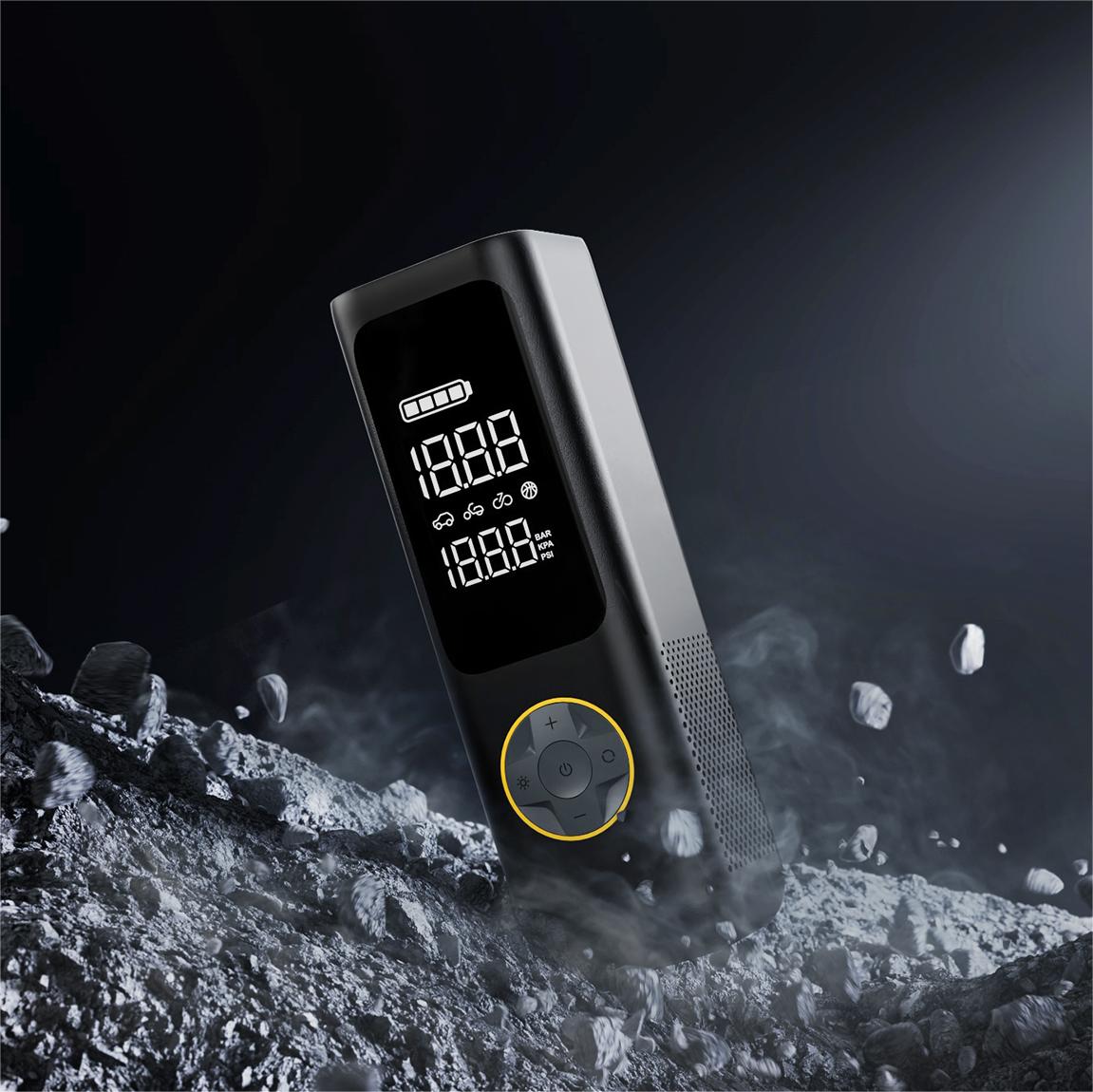

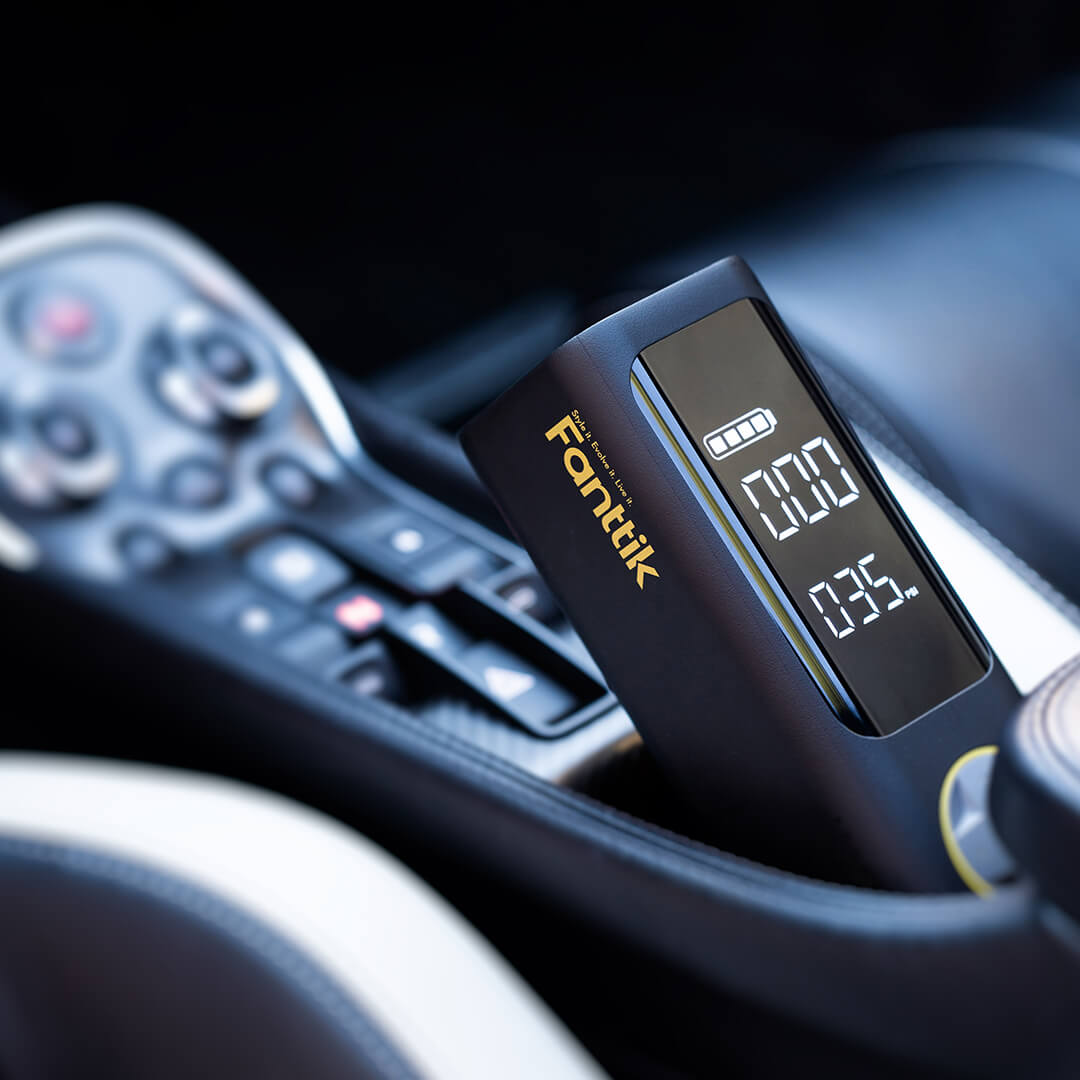
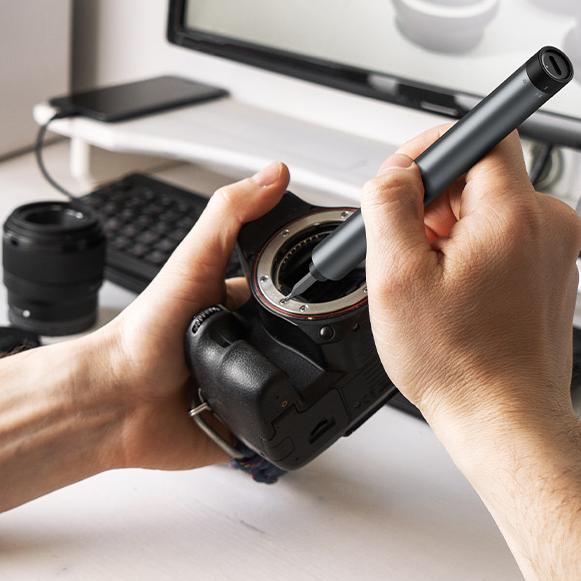







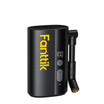
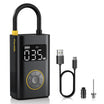
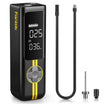
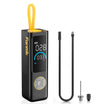
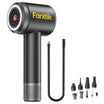
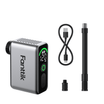
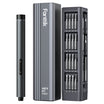
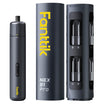
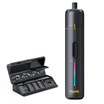
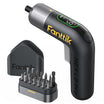
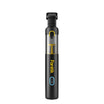
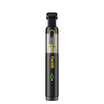
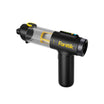
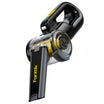
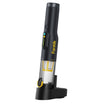
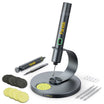
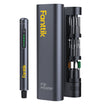
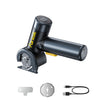
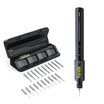
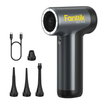


Leave a comment
This site is protected by hCaptcha and the hCaptcha Privacy Policy and Terms of Service apply.